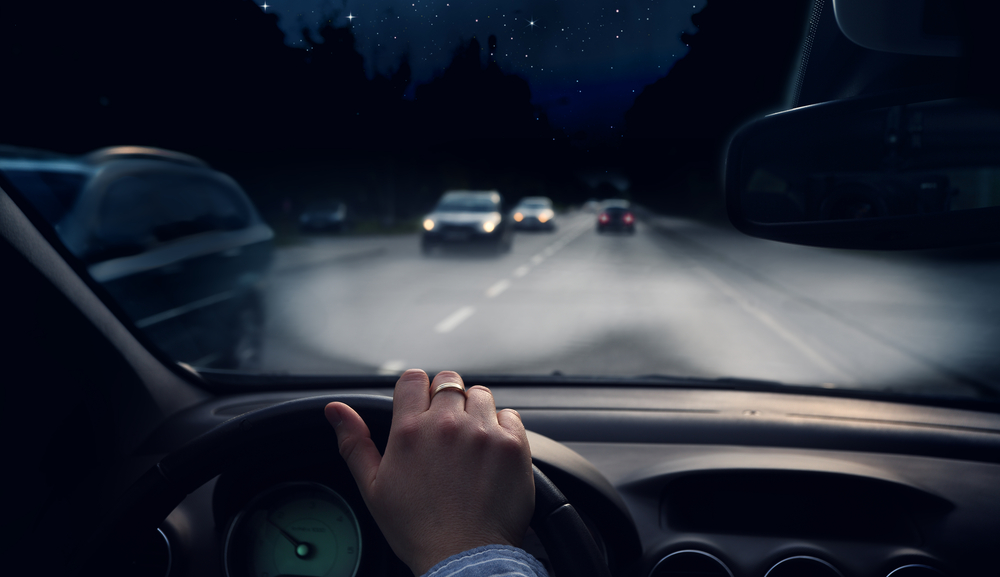Have you ever wondered what does NVIS stand for? NVIS might mean many things but what does it stand for in driving or flight?
What Does NVIS Stand for?
The Night Vision Imaging System (NVIS) is one of the innovations made to help people navigate the nighttime environment.
NVIS is a technological marvel of the modern era that provides improved sight in low light by surpassing the capabilities of human vision.
When visibility fades and traditional vision fails to reveal the invisible, technology transforms to illuminate the unseen in the form of NVIS.
The Night Vision Imaging System is a collection of technologies intended to improve night vision in humans.
NVIS uses infrared (IR) lighting instead of standard night vision equipment, which amplifies available light to illuminate the surrounding area. This allows users to see their surroundings more clearly.
NVIS was first created for military usage. But it is now widely used in many other fields, such as aviation, law enforcement, and the automobile industry.
Importance and Advantages of NVIS
Many people who asked, “What does NVIS stand for?” should be made to visit this page. This is because we have taken the time to explain the importance of NVIS below.
READ ALSO:
- Ogun State Vehicle Registration in Nigeria
- How to Identify Fake Vehicle Registration
- Certificate of Vehicle Registration in Nigeria
- Abuja Vehicle Registration Verification
- How to Check Validity of Vehicle Registration
- Can I Get a Police Clearance Certificate from the Local Police?
1. Application of NVIS in Aviation
NVIS is essential for improving safety and operational effectiveness in aviation, especially at night and in inclement weather.
When an aircraft has lighting systems, instruments, and displays that are compatible with NVIS, it can navigate the night sky with confidence and accuracy.
Also, by helping pilots to identify important data including obstructions, instrument readings, and terrain characteristics, NVIS helps to reduce the risks involved in night flying.
2. Application in Military
NVIS technology is a force multiplier in the military sphere, giving soldiers a tactical edge during nighttime operations.
Specialized NVIS equipment, such as binoculars, scopes, and goggles, enables soldiers to perform target acquisition, surveillance, and reconnaissance in the dark.
Military units can reduce their exposure to dangerous settings while maintaining a strategic advantage over enemies by leveraging NVIS capabilities.
3. Application of NVIS in Law Enforcement and Security
What does NVIS stand for? During nighttime patrols and surveillance operations, law enforcement organizations use NVIS technology to improve situational awareness and operational effectiveness.
Officers operating NVIS-equipped vehicles may do covert operations with greater accuracy, follow suspects, and manoeuvre through metropolitan surroundings.
Additionally, NVIS facilitates search and rescue operations, helping first responders find people in need and carry out tasks more effectively.
4. Application of NVIS in Vehicles
What does NVIS stand for? NVIS technology has become more widely used in the automobile sector recently. It helps to increase driver visibility and vehicle safety.
Automakers integrate adaptive lighting systems, night vision cameras, and head-up displays (HUDs) compatible with NVIS. This is to improve driver awareness and reduce accidents during night driving.
Automobile makers prioritize safety and guarantee excellent performance under varying lighting situations. And this is by incorporating NVIS capabilities into their vehicles.
READ ALSO:
- Vehicle Registration Verification Process in Nigeria
- Vehicle Licensing: 12 Comprehensive Tips
- Class of Drivers License in Nigeria
- A Guide to Obtaining a Nigeria Drivers License with Ease
- How Much is a Drivers License in Nigeria?
The Cons of NVIS
NVIS technology has several drawbacks in addition to its many advantages. For instance, adoption is hindered by issues including compatibility, cost, and regulatory compliance in various industries.
Additionally, NVIS system deployment in sensitive environments requires careful consideration due to privacy, cybersecurity, and environmental impact considerations.
To sum up, the Night Vision Imaging System (NVIS) is a marvel of human ingenuity that makes it possible for people to navigate confidently and in the dark.
The limits of visibility in low-light conditions are constantly being redefined by NVIS technology, which finds use in fields such as aviation, law enforcement, and vehicle safety. You can contact our agent via THIS LINK and get a set and even more knowledge about this.
If NVIS technology continues to progress, there is endless potential to improve situational awareness and operational capabilities in many sectors, which will help pave the way in the pursuit of nighttime supremacy.




